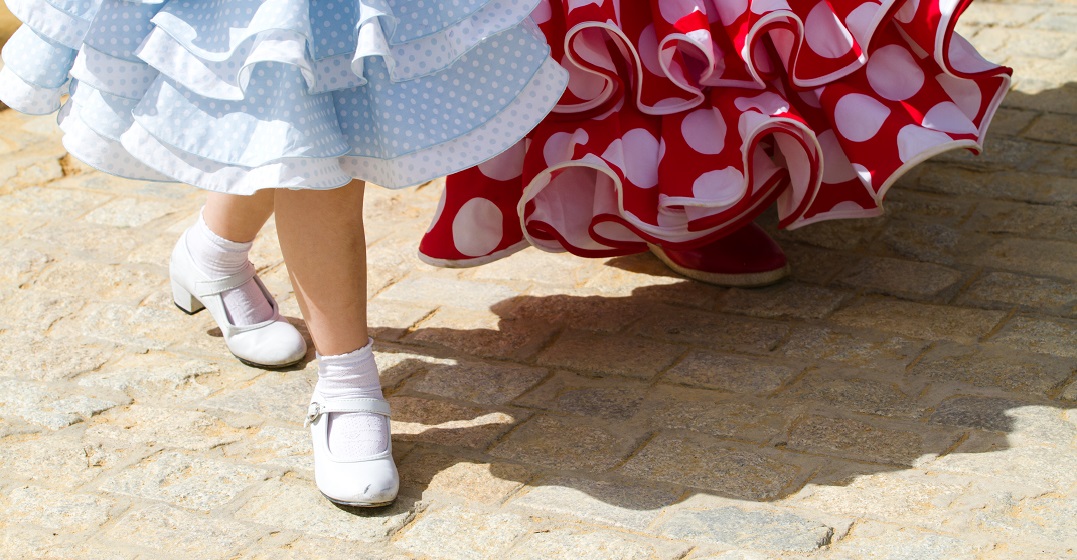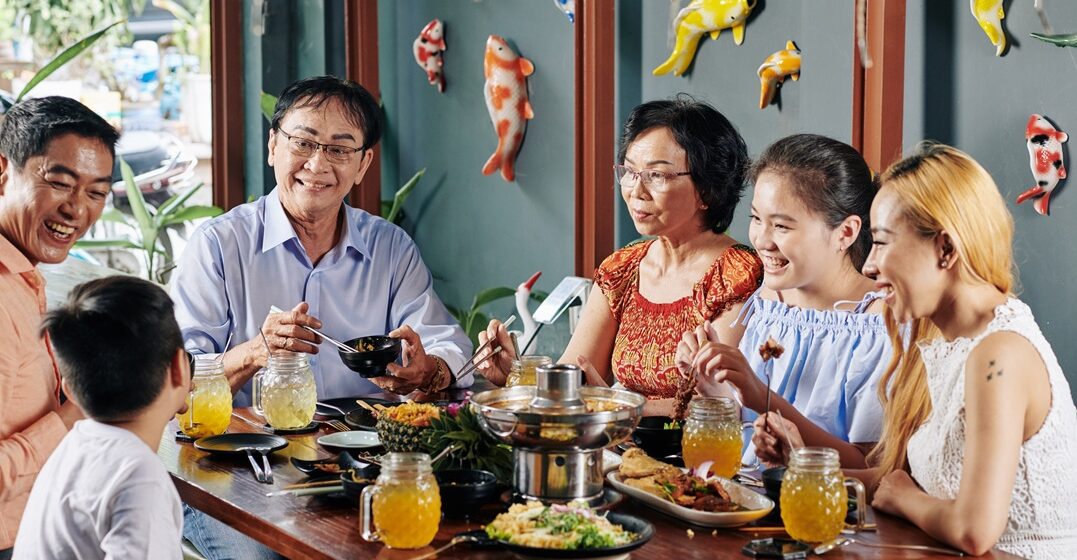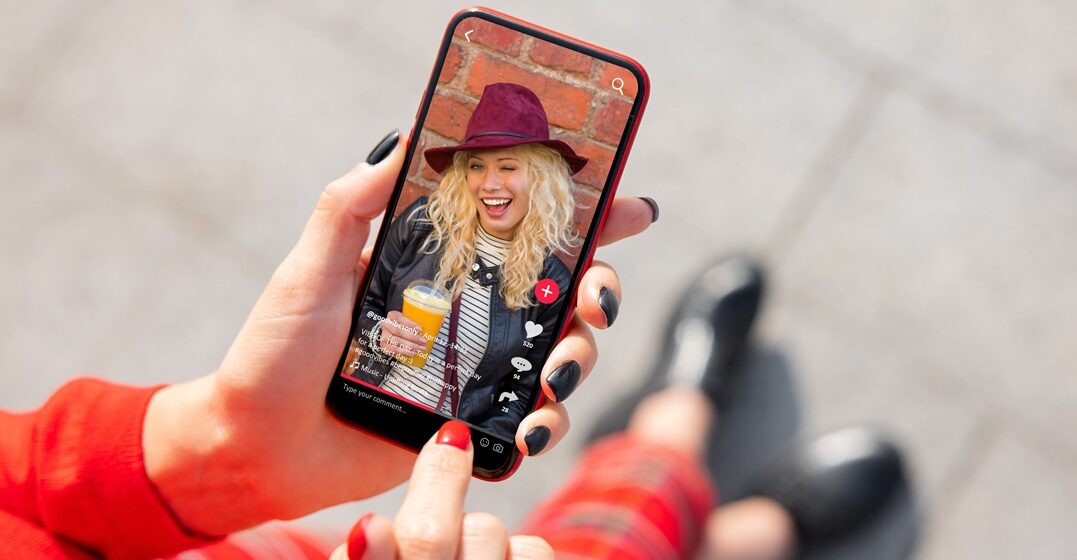Spanish clothing culture: Fashion across Spain

Traveling across the Iberian Peninsula doesn’t need to entail costly plane tickets and hotels. Learning about the rich traditional (and non-traditional) aspects of Spanish clothing culture will take you on a similar journey. From the show-stopping traje de flamenca dress to the humble baserritarra, Spanish clothing culture is steeped in history and tradition. Some of the styles of classical clothing in Spain can be traced as far back as the eighth century. Even today, people in Spain still wear traditional clothing for festivals, fairs, parades and other special celebrations.
Don't get the wrong impression, though. Spanish fashion is not stuck in the past. World-famous designers like Balenciaga and Paco Rabanne have created modern Spanish designs that have become icons on the global stage. On that note, let’s embark on a journey across Spain and through time to learn about Spanish clothing culture.
- A brief history of Spanish clothing culture
- Traditional clothing in Spain
- Contemporary Spanish clothing culture
Learn languages at your pace
A brief history of Spanish clothing culture
Historically, the Iberian Peninsula has been home to many cultures — and each of these cultures has left its mark on Spain’s architecture, vocabulary and clothing customs. Spanish clothing culture reflects the different influences on the Iberian Peninsula over the centuries.
During the Visigoth period of the fifth through eighth centuries, Spanish clothing was heavily influenced by German customs. Men wore pants and tunics, while women wore long dresses and structured head coverings consisting of a veil (la mantilla) and a hair comb (la peineta) to hold the veil in place.
The conquest of Spain by the Moors in the eighth century brought Islamic influences to bear on Spanish clothing culture. This meant elegant fabrics, intricate embroidery and geometric shapes.
Finally, the Renaissance led to a more opulent fashion for the Spanish royal court. Think big dome dresses with corsets, lace, golden thread and jewels.
Traditional clothing in Spain
Here is a closer look at some of the famous traditional clothing in Spain.
Traje de flamenca
An iconic dress, the traje de flamenca originated in the Andalusia region in the south of Spain. Characterized by its ruffles, colorful polka dots and swishy fringe, this style of dress evolved from a traditional working dress that women elaborated for fairs and dances. Flamenco is also a traditional style of music and dance from Andalusia, influenced by the Romani people. Even today, the traje de flamenca is a quintessential part of any flamenco performance.
Traje fallera
One of the events of the Las Fallas festival in Valencia is la ofrenda a la Virgen Desamparados (the offering to the Lady of the Forsaken). For this occasion, thousands of locals dress in the traditional fallera dress and fallero suit and bring baskets of colorful flowers to place at the feet of a giant Virgin figurine. The fallera dress is long, voluminous and colorful with a lace front, sash and veil. The men wear three-quarter-length pants, tall stockings, embroidered vests and puffy white shirts.
Traje chulapo
For the Fiesta de San Isidro, the patron saint of Madrid, local men wear the traditional traje chulapo. It consists of a white shirt, a vest, fitted pants, a white neck scarf, a carnation on the lapel and a matching cap. For women, the traje chulapa is a tight-fitted dress opening up to a ruffled, mermaid-style hem below the knee. Women also wear a scarf and a red carnation on their head.
Learn languages at your pace
Baserritarra
The traditional dress of the autonomous Basque community in the north of Spain is called baserritarra. You might see people in Basque country wearing traditional baserritarra dress around Christmas. For women, the baserritarra is a long, ankle-length skirt with a white blouse, a vest with a lace closure in the front, a shawl and stockings secured with ribbon lacing. For men, it’s a puff-sleeve shirt, vest, pants and a txapela (a hat similar to a beret).
Hereu and pubilla
In the autonomous Catalonia region in northeastern Spain, people dress in the traditional style of hereu and pubilla (heir and heiress) for festivals and special events. Women wear a white blouse, a lace shawl, a black vest with a lace closure in the front, a long floral-patterned skirt and a black apron atop the skirt. Men wear a white shirt, a black velvet vest, a red sash around the waist with three-quarter-length black velvet pants, and tall stockings.
Contemporary Spanish clothing culture
Spanish clothing culture has continued to influence fashion on the runway and in the street. Balenciaga, Paco Rabanne and Adolfo Dominguez are just a few of today's internationally famous Spanish fashion designers. They aren’t afraid to stir up controversy at home and abroad; back in 2016, Balenciaga notoriously took your grandma’s market bag and put a $1,000 price tag on it.
Meanwhile, accessible fast fashion Spanish brands like Zara, Mango, Desigual and Massimo Dutti can be found at malls around the world.
Spanish clothing culture is looking good
Traditional clothing in Spain demonstrates a rich regional history and culture. Learning about Spanish clothing culture is a way of looking to the past and the future, as well. While haute couture designers make waves on the runway, locals ground themselves in customs to celebrate their most treasured holidays.













